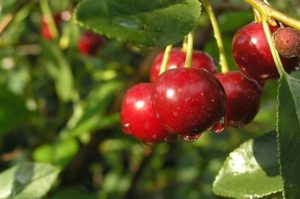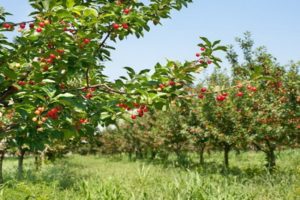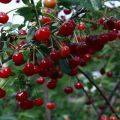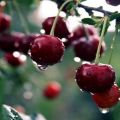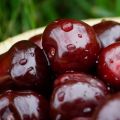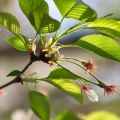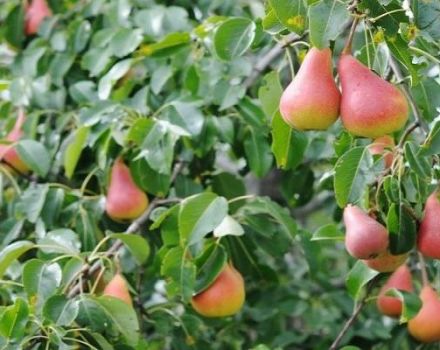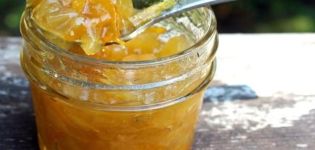Description and characteristics of cherry varieties Izobilnaya, advantages and disadvantages, cultivation
It is difficult to imagine a garden plot without cherry trees. The berries of this stone fruit culture are not only tasty, but also healthy. In addition, they are versatile in use: they are consumed fresh and are prepared for the winter in the form of compotes, jams and preserves. Cherry wine is especially aromatic. Cherry varieties Izobilnaya does not belong to the most successful breeding developments in terms of characteristics, however, summer residents prefer it when there is not a lot of space on the site, but you still want to plant a cherry tree.
Breeding history of the variety
The variety was bred at the Sverdlovsk Experimental Station in the late 80s of the last century. The basis of the variety was Michurin varieties of free pollination. Breeders Zhukov S.V., Gvozdyukova N.I. and Isakova M.G. managed to obtain a variety that is distinguished by increased winter hardiness and compact size.
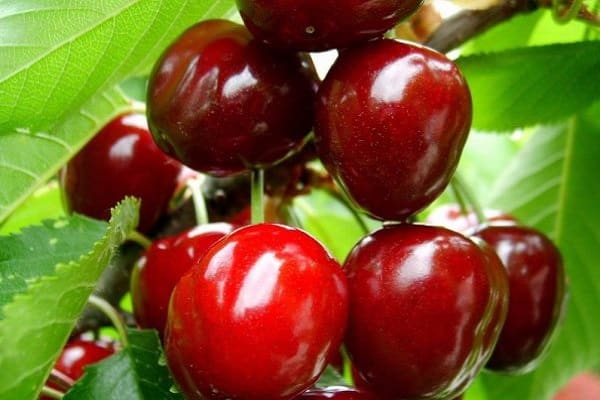
In 1992 the Izobilnaya variety was included in the State Register of Fruit and Berry Crops of Russia and is recommended for cultivation in the Volgo-Vyatka and Ural regions.
However, the variety is so fond of gardeners that the distribution of cherries has become much wider, it is grown almost throughout Russia.
Description of the tree and berries
Getting to know Izobilnaya is worth starting with a description of the variety in order to appreciate all its positive and negative qualities:
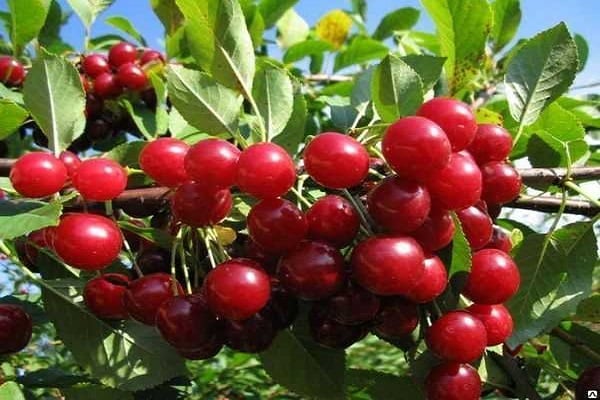
- Cherry belongs to the shrub type, its height rarely exceeds 2.5 meters.
- The crown of the tree is compact, medium thickened, oval in shape.
- The leaves are dark green, narrow oval in shape.
- Flowers are white, collected in inflorescences of 4-6 pieces.
- Dark red berries weigh up to 3 grams. The shape is round.
- The stone is 7.5% of the total mass of the fruit, it is separated medium.
Abundant fruiting is achieved by observing the rules of growing and caring for stone fruit. They are no different from agronomic practices for other cherries. Watering, timely pruning, the introduction of nutrients, protection from diseases and pests - all that is needed for full growth and development.
According to professional tasters, the Izobilnaya variety got 4 points out of 5 possible.
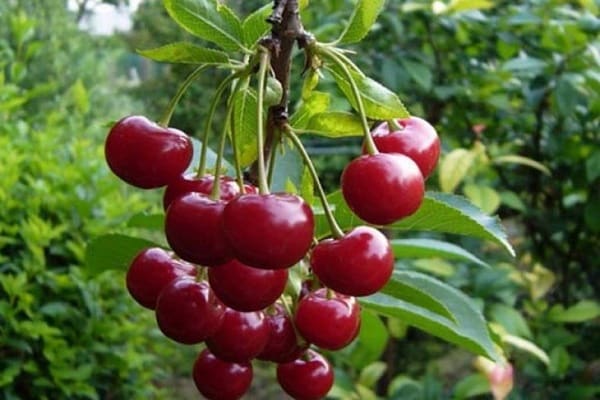
What are the pros and cons
Before planting a seedling, they study the strengths and weaknesses of the variety that each crop has.
The indisputable advantages of Abundant are:
- Late flowering, due to which the flowers of the variety do not experience the negative impact of recurrent spring frosts.
- Self-fertility of the variety, which saves space on the site for planting pollinators.
- High frost resistance, which makes it possible to plant Izobilnaya in regions with severe, long winters.
- Harvest volumes. Despite its compact size, cherries are consistently fruitful and produce a large number of berries.
- Long lifespan of the tree with regular anti-aging pruning (about 30 years).
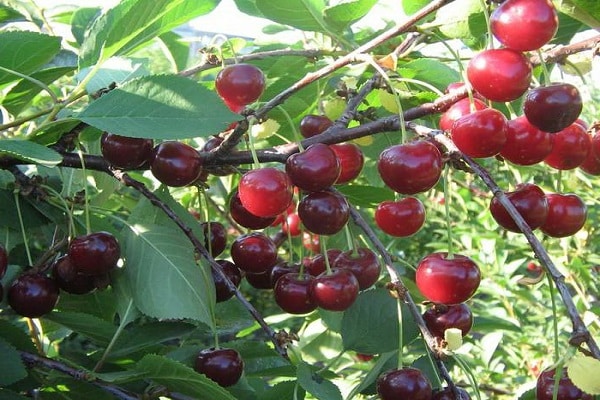
The disadvantages of stone fruit culture include:
- Small size of berries.
- Late ripening of fruits.
- Sour cherry taste.
Based on these characteristics, we can conclude that Izobilnaya has much more pluses than minuses.
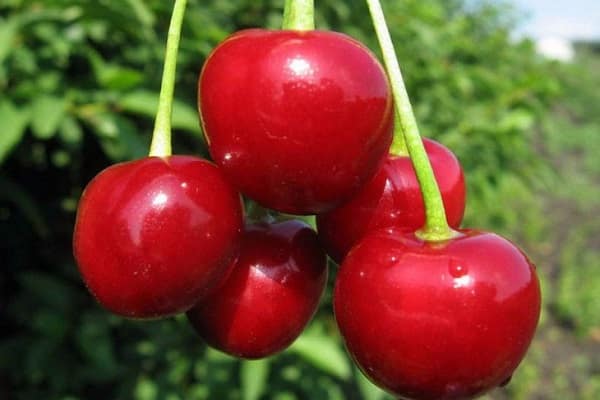
How Popular is Bountiful Cherry
The variety is respected by both amateur gardeners and farmers who grow berries for subsequent sale on the market. Due to the small size of the trees, they save space on the site, and the high yield, subject to the rules of care, makes it possible not only to saturate the body with useful substances at the time of cherry fruiting, but also to make vitamin reserves for the winter period.

Productivity and fruiting
During the fruiting period, Izobilnaya cherry enters the 3-4th year of development. The number of berries only increases every year. The first berries are harvested in August, as the variety is late ripening. One adult tree produces up to 10-12 kg of fruits. Cherries are well transported over long distances, so the variety is deservedly popular in farms.
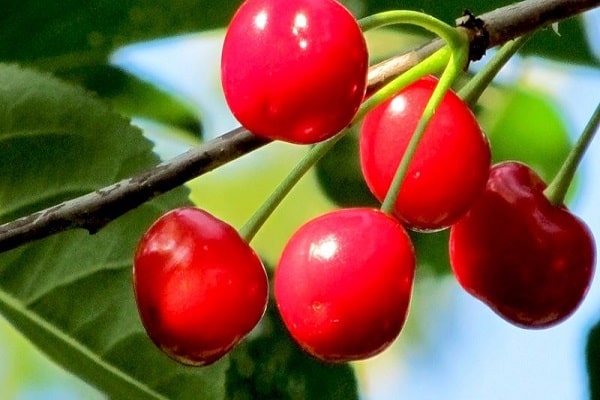
Disease resistance and winter hardiness
As for frost resistance, Izobilnaya was originally bred for regions with cold winters. Freezing of the buds and bark of a tree is very rare. However, experienced gardeners recommend covering young seedlings for the winter, and mulching the soil with peat and sawdust. An adult tree does not need additional shelter.
But the culture's resistance to common fungal diseases of stone fruits (coccomycosis and moniliosis) is average. For preventive purposes, they are treated with copper-containing preparations three times per season.
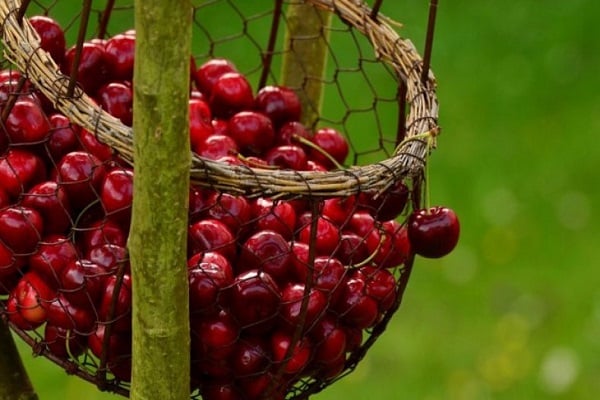
Of the insects, the tree most often suffers from aphids and slimy sawflies, which damage leaves and fruits. Timely processing with folk remedies makes it possible to prevent a massive invasion of pests.
The best regions to grow
Although at the beginning Izobilnaya was intended for cultivation in the Ural and Volga-Vyatka regions of Russia, over time, thanks to its characteristics, it spread throughout the country.

